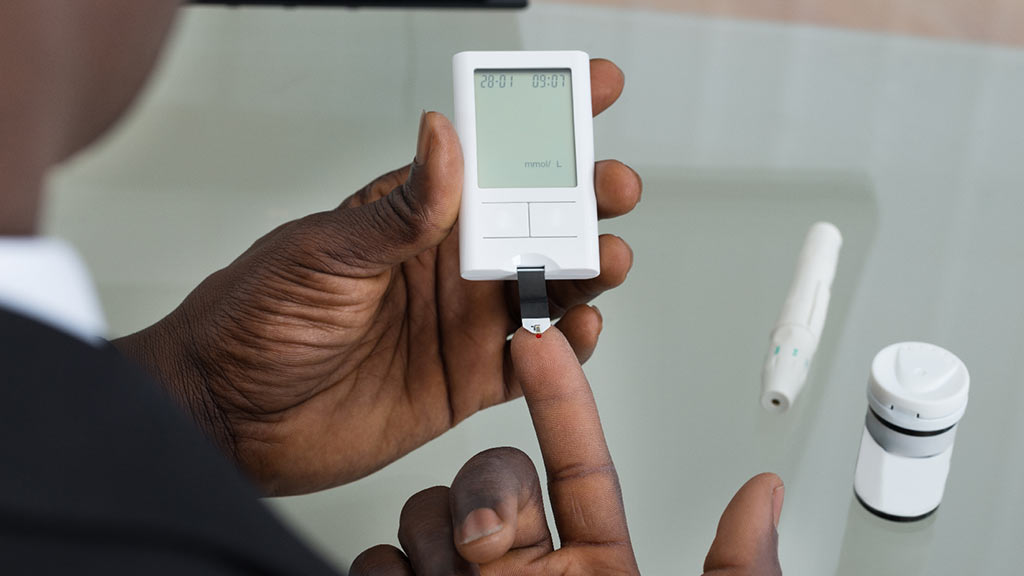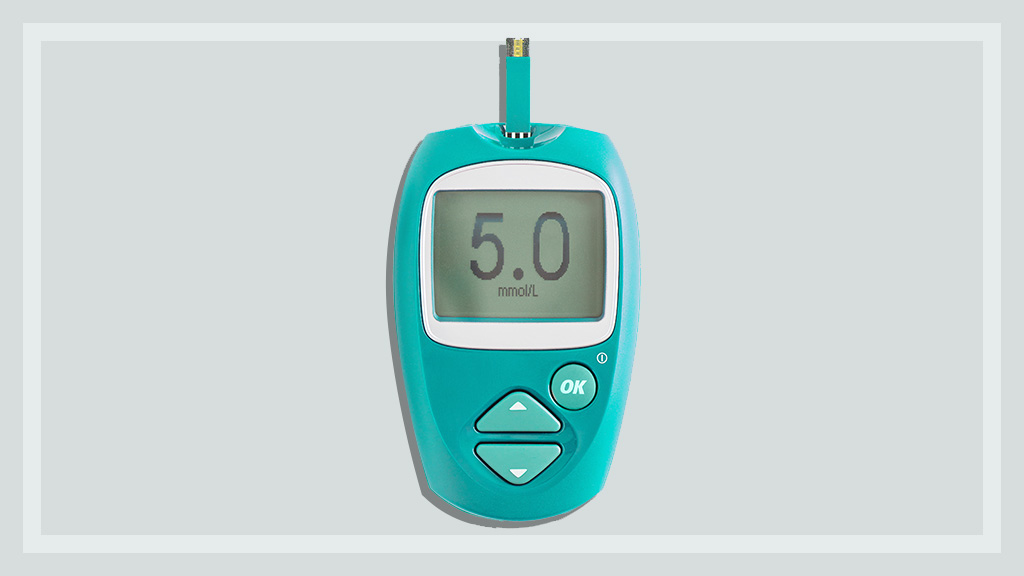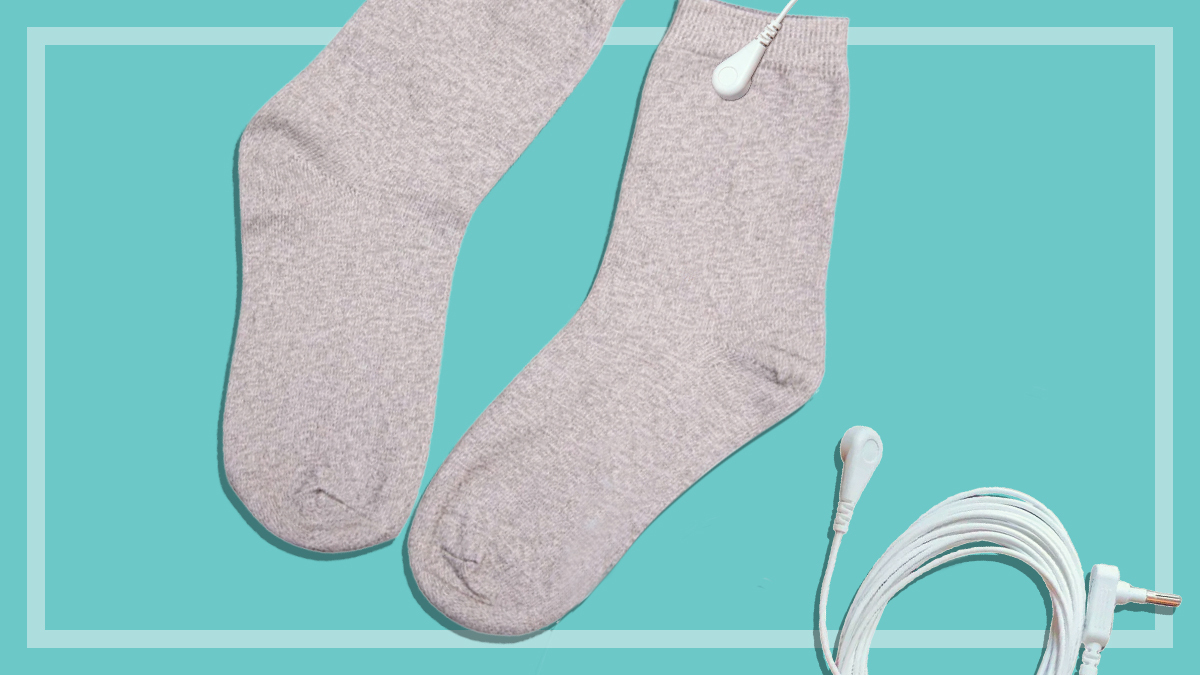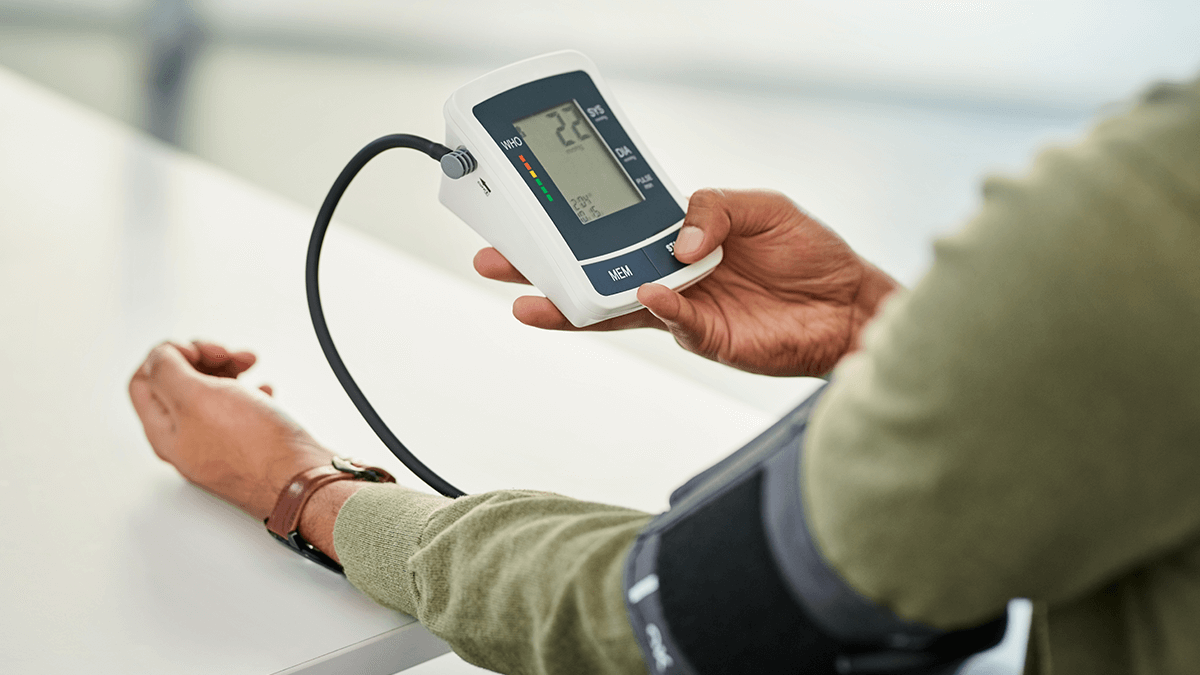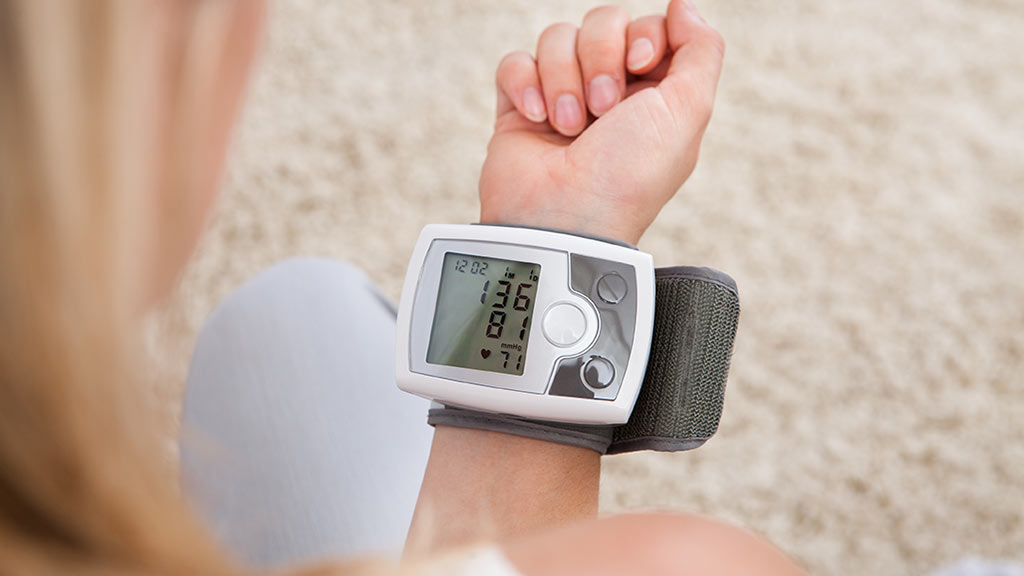How to buy the best blood glucose meter
If you're a person with diabetes you'll understand the importance of having a reliable device on hand.
Last updated: 20 Aug 2018
On this page:
Extras health insurance can help with the cost of buying a blood glucose monitor. We checked CHOICE’s database of policies from 34 health funds and found that the median benefit for blood glucose monitors is $400. Benefits vary widely and range from $45 up to $1200, or 80% of costs.
The National Diabetes Services Scheme (NDSS)
This initiative by the Australian Government gives all Australians diagnosed with diabetes access to products like blood glucose testing strips at discounted prices. If you’re eligible you’ll need to register (for free) with NDSS. To be eligible for NDSS you need to:
- live in Australia (or be visiting from a country where Australia has a Reciprocal Health Care Agreement)
- be diagnosed as having any type of diabetes or other serious condition requiring regular blood glucose monitoring
- have a Medicare card or Department of Veterans Affairs card
You’re not eligible if you have pre-diabetes or impaired glucose tolerance.
From 1 July 2016, two major changes were made to NDSS:
- Subsidised products are no longer distributed via Diabetes Australia but rather can be received from NDSS Access Points (usually local pharmacies)
- Type 2 diabetics who don’t use insulin can purchase subsidised blood glucose test strips for an initial six months which can be extended for a further six months if they produce a signed Approval form.
For more information check the NDSS website.
Continuous monitoring devices
If you’re under 21 and have been diagnosed with type 1 diabetes you could potentially have access to a fully subsidised continuous monitoring device through NDSS (providing you’ve met specific criteria). This is a small wearable device that monitors your blood glucose levels throughout the day. It has alarms that alert you if your glucose levels have gone too low or high and can give you a reading at any given point. This monitoring system aims to help children and young adults with the stress associated with living with diabetes as well as managing their blood glucose levels and reducing emergency visits to the hospital.
Features to look for in blood glucose monitors
Blood glucose meters can come with a lot of different features and, depending on your needs, will determine the level of importance you place on these features. Your doctor or health care professional is also likely to help you when it comes to choosing the right meter for your needs.
Size
Blood glucose meters are all quite compact in size and easily portable. Take a look at the size of the display screen on the meter. Is it large enough and are the results clearly visible for you?
Light at strip port
This can be a useful feature to easily see and help guide where the strip needs to go. It’s not a common feature among blood glucose meters, only one of the products we tested has a light strip at the port.
This is useful to easily see the screen if you need to take a reading during the night or in low light conditions.
Memory capacity
The meters we’ve tested can store anywhere from 99 to 2000 results. Being able to monitor your blood glucose levels over time is important for long-term management.
Test strips
Test strips should be very easy for you to get out of the container. In some cases the strips can tend to stick together which can become an annoyance and if they are individually wrapped they can be more time-consuming to open. An ejector for the strip could also be a useful feature.
It’s also extremely important to look after your test strips to ensure you’re getting an accurate reading. Store them in a dry place, replace the cap immediately after use and make sure they haven’t passed their expiry date.
Available software
The ability of the meter to connect to a compatible smartphone or PC can be a handy feature. Using the meter with compatible software allows you to download your results to view patterns in your readings and spot trends in blood glucose level readings. It also makes sharing information with your doctor or health care professional much easier.
Some meters are compatible with your mobile or smart device via Bluetooth, while a couple we’ve tested are app-based.
Audio capability
This is useful for people with vision impairment. Only one model we’ve tested has a ‘talking’ function.
How much do blood glucose monitors cost?
We paid between $10 and $100 for the blood glucose meters we tested.
The test strips ranged in price from $25 to $50 but bear in mind if you’re registered with NDSS you may be able to receive these at a discounted price.
Free blood pressure monitors
The Contour Next Blood Glucose Monitoring System was free of charge from the distributor, who told us people can order this way or through their health care professional.
The OneTouch VarioFlex was also free of charge by filling out a form on their website.
How to take a reading on a blood glucose monitor
To check your blood glucose levels you’ll need a blood glucose meter, lancet (finger-pricking) device and blood glucose testing strips. The process of taking a reading is quite simple. Generally all you’ll need to do is:
- Insert the testing strip into the blood glucose meter
- Draw blood by inserting the lancet, loading and pricking your finger
- Place blood on the testing strip
- Take the reading
You’ll receive a reading in mmol/L (millimoles per litre of blood) – this is the international standard for measuring blood glucose levels.
Depending on your type of diabetes and medication, you might need to check your levels at various times throughout the day (usually before meals, two hours after meals, before bed and before driving or exercise), but your health care professional will guide you on how often and when you should be checking your glucose levels.
Blood glucose targets
Once again your optimal blood glucose level/range will be determined by your doctor or health care professional. They determine this range by taking into consideration:
- the type of diabetes you have
- your age
- how long you’ve had diabetes
- the medication you take
- any other health conditions you have
My readings don’t seem right
With each drop of blood your meter will give a different reading depending on when you’ve taken the reading. But after a while you’ll start to notice the trends in your blood glucose levels. As long as the difference isn’t big (more than 2mmol/L) you needn’t be alarmed. Here are some things to check if you’re concerned about your readings:
- Have the test strips expired?
- Are you using the right strips for your blood glucose meter?
- Have you put enough blood on the strip?
- Have you inserted the test strip correctly?
- Have you stored the test strips correctly?
- Did you wash your hands before doing the test?
- Is the blood glucose meter clean?
- Is the blood glucose meter too hot or cold?
- Is the battery low or flat?
Alternatively, each manufacturer has control solutions for their meters. You can contact the manufacturer for a control solution. This solution will give you a range in which the meter should be giving a reading.
Related
Rebecca Ciaramidaro is a Content producer in the Household team at CHOICE. Rebecca writes about a wide range of children's and household products, ranging from cots and strollers to ovens, BBQs, espresso machines and electric blankets. And also grocery items such as nappies, sanitary pads and laundry detergents.
Previously at CHOICE, Rebecca worked as a Test officer in the kitchen lab.
Rebecca has a Bachelor of Science (Nutrition and Food) from the University of Western Sydney.
Find Rebecca on LinkedIn.
Rebecca Ciaramidaro is a Content producer in the Household team at CHOICE. Rebecca writes about a wide range of children's and household products, ranging from cots and strollers to ovens, BBQs, espresso machines and electric blankets. And also grocery items such as nappies, sanitary pads and laundry detergents.
Previously at CHOICE, Rebecca worked as a Test officer in the kitchen lab.
Rebecca has a Bachelor of Science (Nutrition and Food) from the University of Western Sydney.
Find Rebecca on LinkedIn.

